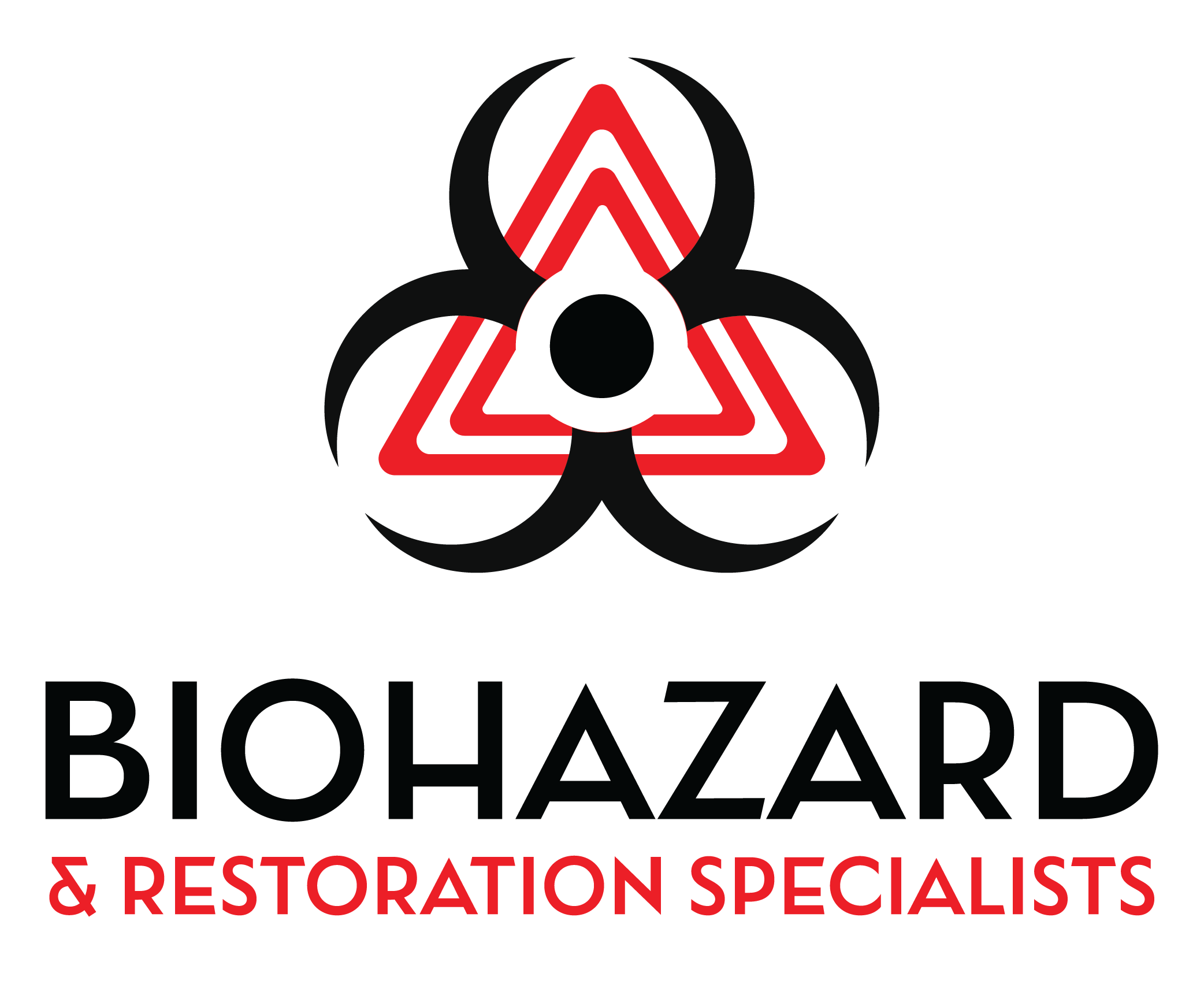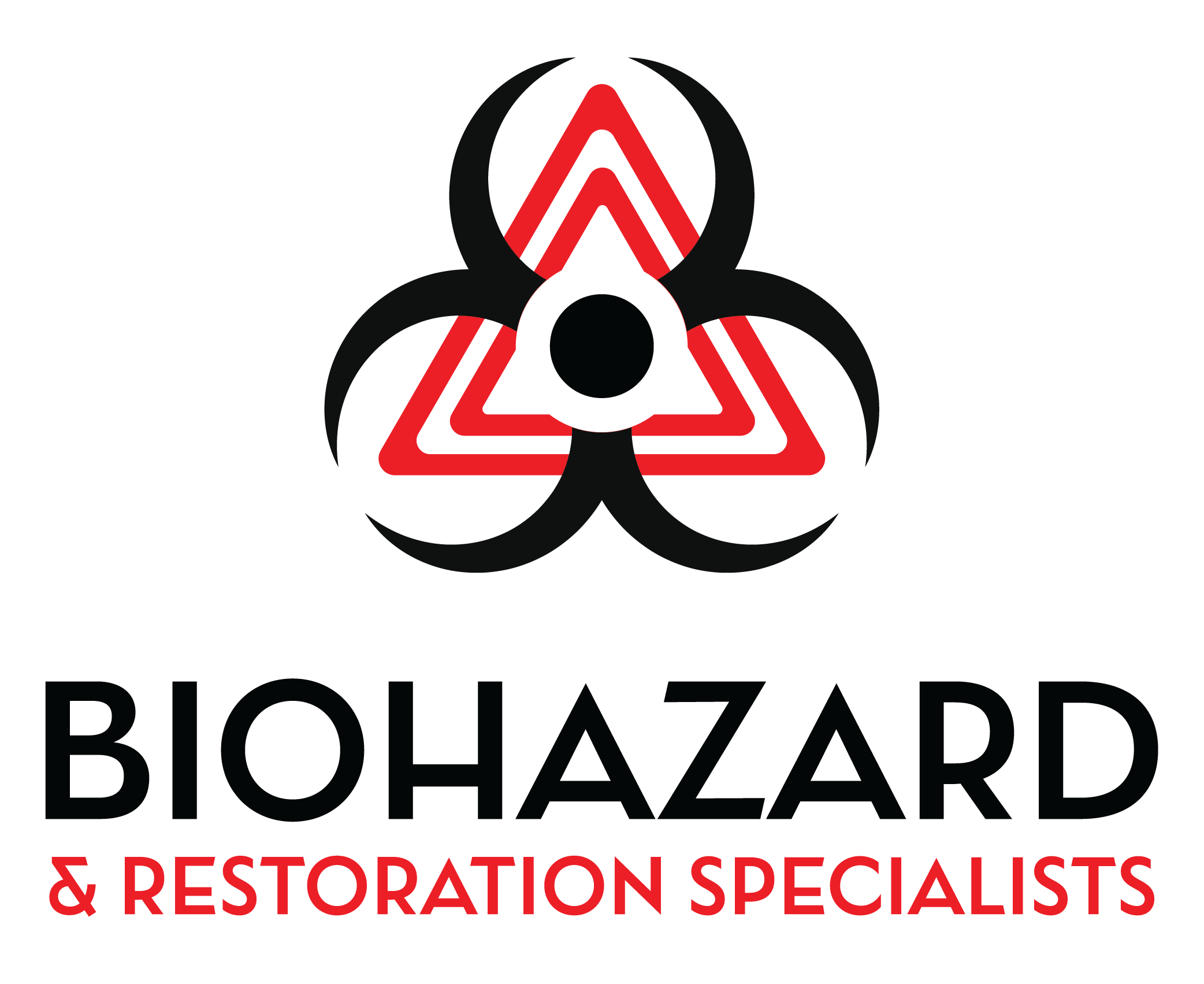Water damage is a pervasive issue that can affect homes and businesses alike, often leading to significant financial and emotional distress. As we navigate through our daily lives, we may not fully appreciate the potential threats posed by water until it’s too late. From minor leaks to catastrophic floods, the consequences of water intrusion can be devastating.
Understanding the nature of water damage is crucial for all of us, as it empowers us to take proactive measures to protect our properties and maintain a safe environment. In this article, we will explore various aspects of water damage, including its causes, types, and the dangers associated with moisture build-up. We will also discuss how to identify signs of water damage, preventive measures we can take, and the steps involved in cleanup and restoration.
By gaining a comprehensive understanding of water damage, we can better equip ourselves to handle potential threats and mitigate risks effectively.
Key Takeaways
- Water damage can result from various sources such as flooding, leaks, and moisture build-up, and it can cause significant damage to property if not addressed promptly.
- Flooding can be caused by natural disasters, plumbing issues, or inadequate drainage, and understanding the causes can help in prevention and mitigation efforts.
- Different types of leaks, such as plumbing leaks, roof leaks, and appliance leaks, can lead to water damage and should be identified and repaired promptly.
- Moisture build-up can lead to mold growth, structural damage, and health hazards, making it important to address and prevent moisture issues in buildings.
- Signs of water damage, such as water stains, musty odors, and warped surfaces, should be addressed promptly to prevent further damage and health risks.
Understanding Flooding and its Causes
The Role of Human Activities in Flooding
As we consider the causes of flooding, it becomes evident that natural disasters are not the only culprits; human activities such as poor land management and urban development can exacerbate the situation. For instance, when we pave over natural landscapes, we reduce the land’s ability to absorb rainwater, leading to increased runoff and a higher likelihood of flooding.
The Impact of Climate Change on Flooding
Moreover, climate change has intensified the frequency and severity of flooding events. Rising sea levels and unpredictable weather patterns contribute to an increased risk of coastal flooding and flash floods in inland areas.
Preparation and Vigilance in the Face of Flooding
As we witness these changes in our environment, it is essential for us to recognize the potential for flooding in our communities and take appropriate precautions. Understanding the causes of flooding allows us to be more vigilant and prepared for such events, ultimately safeguarding our properties and well-being.
Identifying Different Types of Leaks
Leaks can manifest in various forms, each with its own set of challenges and implications for water damage. One common type is a plumbing leak, which can occur in pipes, faucets, or fixtures. These leaks may start as small drips but can quickly escalate into significant issues if left unaddressed.
As we inspect our homes or workplaces, it is vital to be aware of the signs of plumbing leaks, such as water stains on walls or ceilings, damp spots on floors, or an unexplained increase in our water bills. Another type of leak that we should be mindful of is roof leaks. These often result from damaged shingles or flashing, allowing rainwater to seep into our homes.
Roof leaks can be particularly insidious because they may not be immediately visible; water can travel along beams and walls before making its presence known. By regularly inspecting our roofs and addressing any signs of wear or damage promptly, we can prevent extensive water damage from occurring.
The Dangers of Moisture Build-Up
| Moisture Build-Up Dangers | Effects |
|---|---|
| Mold and Mildew | Can cause respiratory issues and allergies |
| Structural Damage | Can weaken building materials and lead to costly repairs |
| Pest Infestation | Attracts insects and rodents |
| Health Risks | Can lead to skin irritation and other health problems |
Moisture build-up is a silent threat that can lead to severe consequences if not managed properly. When excess moisture accumulates in our homes or businesses, it creates an ideal environment for mold growth. Mold not only damages our property but also poses serious health risks to those exposed to it.
As we become more aware of these dangers, it is crucial for us to monitor humidity levels and address any sources of moisture promptly. In addition to mold growth, moisture build-up can weaken structural elements within our buildings.
Wood rot, corrosion of metal fixtures, and deterioration of drywall are just a few examples of how excess moisture can compromise the integrity of our properties. As we consider the long-term implications of moisture build-up, it becomes clear that addressing this issue is not merely a matter of aesthetics; it is essential for maintaining the safety and longevity of our homes and businesses.
Signs and Symptoms of Water Damage
Recognizing the signs and symptoms of water damage is critical for us to take timely action before the situation worsens. One of the most apparent indicators is discoloration on walls or ceilings, which may appear as yellow or brown stains. These stains often signal that water has infiltrated the structure, potentially leading to more extensive damage if not addressed quickly.
Additionally, we should be vigilant for peeling paint or wallpaper, which can indicate underlying moisture issues. Another sign that we should not overlook is a musty odor in our living or working spaces. This smell often suggests mold growth or stagnant water hidden within walls or under floors.
Furthermore, if we notice an increase in our utility bills without a corresponding increase in usage, it may be a sign of hidden leaks that require immediate investigation. By being proactive in identifying these signs, we can mitigate the risks associated with water damage and protect our properties.
Preventing Water Damage
Prevention is always better than cure when it comes to water damage. We can take several proactive steps to minimize the risk of water intrusion in our homes or businesses. One effective measure is to ensure that our gutters and downspouts are clean and functioning properly.
Clogged gutters can lead to overflow, directing water toward our foundations instead of away from them. Regular maintenance of these systems helps us divert rainwater effectively and protect our properties from potential flooding. Additionally, we should consider investing in waterproofing solutions for basements and crawl spaces.
These areas are particularly vulnerable to moisture intrusion due to their proximity to the ground. By applying sealants or installing sump pumps, we can create barriers against water infiltration and reduce the likelihood of mold growth and structural damage. Furthermore, maintaining proper landscaping around our properties—such as grading soil away from foundations—can also help direct water away from our homes.
Dealing with Water Damage: Cleanup and Restoration
When faced with water damage, swift action is essential for minimizing its impact on our properties. The first step in dealing with water damage is to ensure safety; we should turn off electricity in affected areas and avoid wading through standing water if there are concerns about electrical hazards. Once it is safe to proceed, we can begin the cleanup process by removing any standing water using pumps or wet vacuums.
After removing excess water, it is crucial for us to dry out affected areas thoroughly. This may involve using fans, dehumidifiers, or even professional drying services to ensure that moisture levels return to normal as quickly as possible. We must also inspect for hidden moisture pockets within walls or flooring that could lead to mold growth if left untreated.
Once everything is dry, we can assess any damage that has occurred and determine whether repairs are necessary. Restoration may involve replacing damaged materials such as drywall or flooring and addressing any mold issues that have arisen during the process. It is often advisable for us to consult with professionals who specialize in water damage restoration to ensure that all necessary steps are taken effectively.
By following a systematic approach to cleanup and restoration, we can restore our properties to their pre-damage condition while minimizing future risks.
Importance of Understanding and Addressing Water Damage
In conclusion, understanding water damage is vital for all homeowners and business owners alike. By familiarizing ourselves with its causes, types, signs, and preventive measures, we empower ourselves to take proactive steps in safeguarding our properties against potential threats. Water damage can lead to significant financial burdens and health risks if left unaddressed; therefore, being informed allows us to act swiftly when issues arise.
By implementing regular maintenance practices and staying vigilant for signs of moisture intrusion, we can protect our homes and businesses from the devastating effects of water damage. Ultimately, knowledge is our best defense against this pervasive issue—by understanding it fully, we can ensure a safer environment for ourselves and future generations.
When dealing with different types of water damage, it is important to consider the potential health hazards that may arise. In a related article on undiscovered death, the importance of proper cleanup and restoration services is highlighted in cases where water damage is caused by a deceased individual not being found for an extended period of time. This article emphasizes the need for professional assistance in handling such sensitive situations to ensure the safety and well-being of all involved.
FAQs
What are the different types of water damage?
There are three main types of water damage: clean water damage, grey water damage, and black water damage.
What is clean water damage?
Clean water damage is caused by water from sources such as broken pipes, overflowing sinks, or rainwater. This type of water is considered relatively safe and does not pose an immediate health risk.
What is grey water damage?
Grey water damage is caused by water from sources such as washing machines, dishwashers, or showers. This water may contain some contaminants and can pose a health risk if ingested or exposed to for an extended period.
What is black water damage?
Black water damage is caused by water from sources such as sewage, flooding from rivers or streams, or standing water. This water contains harmful bacteria and other contaminants and poses a significant health risk.
How can water damage be mitigated?
Water damage can be mitigated by quickly removing the water, drying out the affected area, and disinfecting any contaminated surfaces. It is important to address water damage promptly to prevent further damage and mold growth.
What are the potential health risks associated with water damage?
Health risks associated with water damage include mold growth, respiratory issues, and exposure to harmful bacteria and contaminants. It is important to address water damage promptly to minimize these risks.

